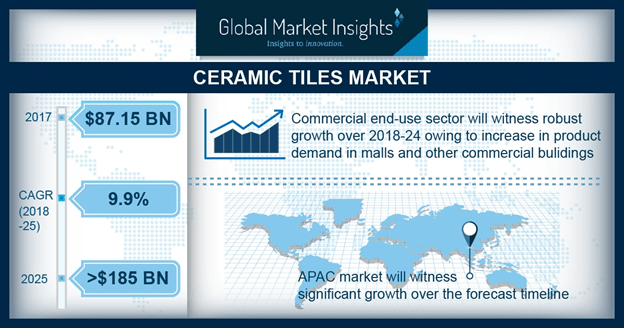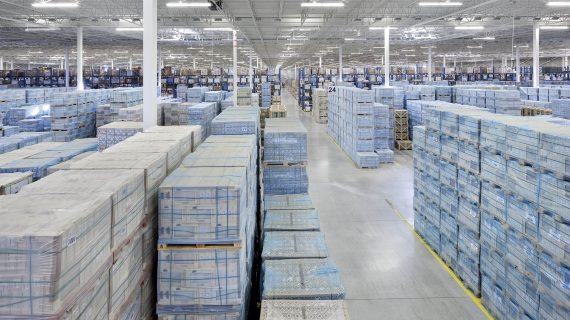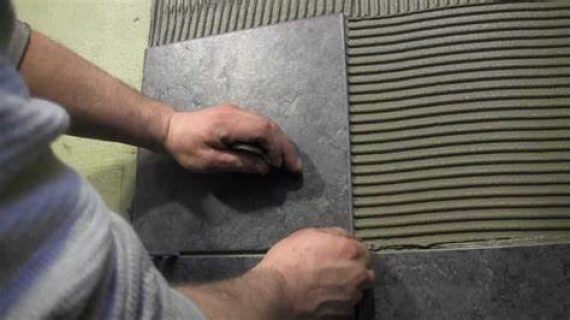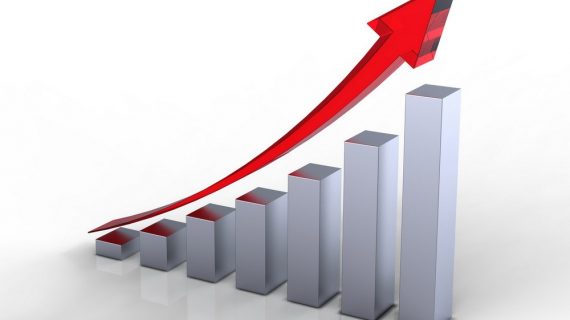Ceramic Industry Trends
Ceramic Tiles Market size was more than USD 87 billion in 2017 and will witness 9.9% CAGR during the forecast timespan.
Rapid growth in building & construction industry in regions, especially Asia Pacific and Latin America shall drive ceramic tiles demand over the forecast timeframe. Government initiatives and investments in infrastructure and demographic features in countries in Asia Pacific are the key factors propelling the product usage in the region. Robust growth in the flooring industry is analyzed to positively influence the product demand over the projected timeframe. The product is extensively used in the flooring industry, particularly due to its strength, durability and value-added aesthetic appearance. It efficiently decreases the cost related with paints & coatings required in walls. In addition, it also offers negligible maintenance cost post installation.
Technological advancements in the industry has introduced high quality products along with eye pleasing appearance. Various ceramic tiles manufacturers are now using inkjet printing technology to meet consumer demand for aesthetic tiles. However, prevalence of stringent environmental regulations along with increasing raw material prices may hamper the global ceramic tiles market size by 2025. Moreover, carbon dioxide emission during the product manufacturing is likely to hamper product demand during the forecast timespan. Emission of carbon dioxide from manufacturing industries in regions such has North America and Europe has decreased due to the rising awareness about global warming.
The flooring business in North America and Europe shall witness moderate growth rate owing to the strict government regulations and saturation prevailing across the construction industry in past few years. Countries in Asia Pacific are poised to hold a larger chunk of flooring market over the forecast timespan on account improvement in economic conditions, extensive industrial base and availability of resources. These factors, in turn, are anticipated to drive the demand for ceramic tiles during the forecast period.
Increasing use of marble, wood, stone and porcelain for flooring in residential structures is likely to pose a threat to product demand in the coming years. The high cost of these floors is presently lowering the substitution threat for the market and shall continue to do so in the coming years.





